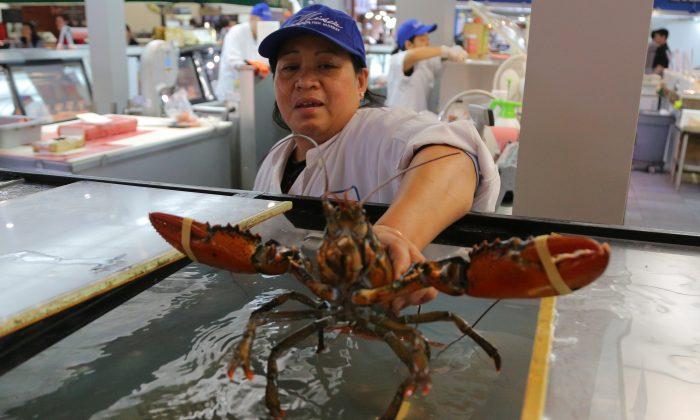High food inflation is expected to continue next year, with food insecurity and affordability being a big concern for many, says “Canada’s Food Price Report 2023,” an annual publication of Dalhousie University, the University of Guelph, the University of British Columbia, and the University of Saskatchewan.
The report forecasts that overall food prices will rise by between 5 to 7 percent in 2023, and that Canadian families will spend up to $1,065.60 more on food, increasing from $15,222.81 in 2022 to $16,288.41 next year.
Last year’s report had also predicted an overall food price increase of between 5 and 7 percent for 2022, but the 2023 report says the actual increase is 10.3 percent as of September 2022, according to the latest Statistics Canada consumer price index data.
“At 7%, our forecast a year ago was considered by many to be alarmist, yet here we are with a food inflation rate above 10%,” this year’s report said.
Factors contributing to the larger-than-expected rise in retail food prices include supply chain disruptions and labour shortages, high oil and gas prices, geopolitical conflicts, the falling Canadian dollar, and climate events such as drought and historic heat waves across the globe, the report said.
“In 2022, due to ongoing repercussions of the COVID-19 pandemic, Canada has experienced supply chain disruptions as well as labour shortages. Canada also saw the highest rate of food inflation since the 1980s—a 40-year high,” says the report.
Last year’s report had predicted that a family of four would see an annual food spending of up to $14,767.36 in 2022. But based on actual figures, that total was higher than expected, at $15,222.80, a difference of $455.55.
Saving Money
According to the 2023 food price report, citing a Dalhousie University Agri-Food Analytics Lab report published in March, a growing number of Canadians are making effort to save money on groceries by reading weekly flyers and using coupons.They are also shopping with volume discounts—by buying bulk products or larger quantities—and using food rescuing apps, which help reduce food waste by connecting people who wish to donate or receive food with each other.
“We haven’t seen food prices increase this high in Canada for over 40 years and based on our findings, the increases we have predicted are still quite high but not as high as the increases for 2022,” said Dr. Simon Somogyi, from the University of Guelph, in a press release announcing the release of the 2023 food price report.
“That may be cold comfort for Canadians, as food prices are already high, but if inflation can come down, it’s possible that we could see price increases for 2023 at or below 5%.”
The report was produced using historical data sources, machine learning algorithms, and Canadian food price predictive analytics tools developed over many years. The 2023 report also used a new forecasting model that included historical data plus the additional variables of forecasted inflation and the Canadian-U.S. exchange rate.





